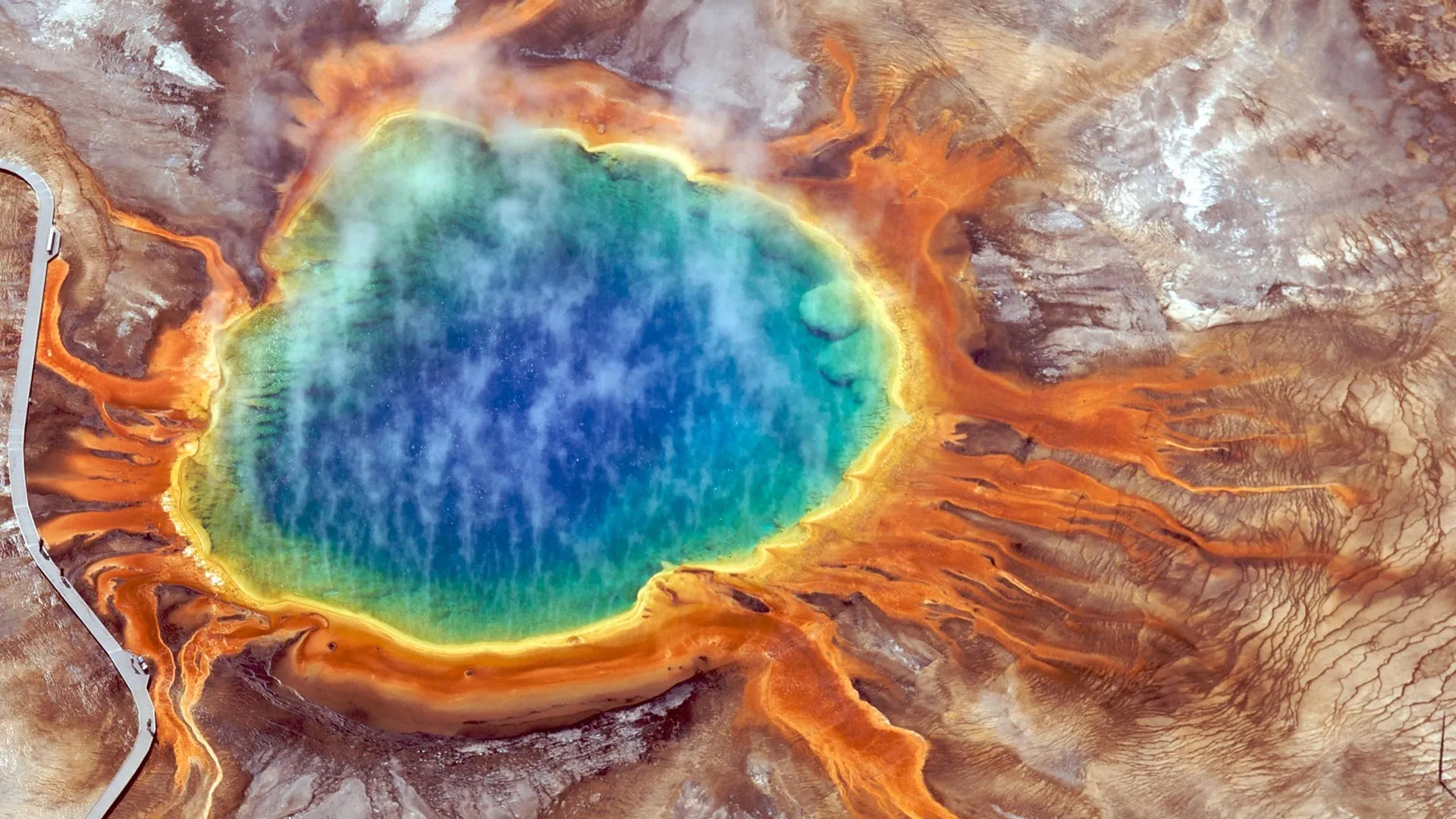Tiny Yellowstone quakes ignite a surge of hidden life underground
- Date:
- November 25, 2025
- Source:
- PNAS Nexus
- Summary:
- Researchers studying Yellowstone’s depths discovered that small earthquakes can recharge underground microbial life. The quakes exposed new rock and fluids, creating bursts of chemical energy that microbes can use. Both the water chemistry and the microbial communities shifted dramatically in response. This dynamic may help explain how life survives in deep, dark environments.
- Share:

Eric Boyd and his research team investigated how a burst of small earthquakes in 2021 affected the communities of microbes living deep beneath the Yellowstone Plateau Volcanic Field. These microbes inhabit rock and water systems far below the surface, where sunlight never reaches. Instead of relying on photosynthesis, they depend on chemical reactions that occur when water moves through fractured rock. This chemistry provides the energy that supports many forms of underground life.
Earthquakes have the potential to reshape this environment in several ways. Shaking can break open new rock surfaces, force out fluids that were previously sealed away, and redirect the flow of water through the subsurface. Each of these effects can create fresh chemical reactions, which in turn alter the types of energy available to microbial communities. The authors refer to this shift in available resources as a change in the chemical "menu" that microbes can draw from.
Sampling Yellowstone's Deep Fluids After the Quake Swarm
To understand how seismic activity influenced this hidden ecosystem, the researchers collected water samples from a nearly 100-meter deep borehole located along the western edge of Yellowstone Lake. They sampled the site five times throughout 2021, giving them a rare look at how conditions changed both immediately and over the following months.
Analyses of these samples showed notable increases in hydrogen, sulfide, and dissolved organic carbon after the earthquakes. These compounds serve as important energy sources for many subsurface organisms. As the chemistry of the water shifted, the team also detected a rise in planktonic cells, suggesting that more microbes were present in the water column than before. This combination of chemical and biological changes indicates that the quake swarm temporarily boosted the resources available to deep microbial life.
Microbial Communities in Motion
Beyond detecting an increase in cell numbers, Boyd and colleagues observed that the types of microbes present changed over time. This result stands out because subsurface microbial communities in continental bedrock aquifers are often considered relatively stable. In contrast, the Yellowstone system appeared to respond quickly and noticeably to the pulse of seismic energy.
According to the authors, the kinetic energy associated with earthquakes can influence both the chemistry and the biological makeup of aquifer fluids. Their findings imply that even small seismic events can drive meaningful ecological shifts underground.
Implications for Other Worlds With Rock and Water
The processes observed in the Yellowstone borehole may not be unique. Many regions around the world experience regular seismic activity that could similarly reshape subsurface energy supplies. If this mechanism is widespread, it could help explain how microbial life persists in deep and isolated environments.
The team also notes that the same basic dynamics might occur on other rocky planets that contain water. If earthquakes or similar geological motions can refresh chemical resources below the surface, this could expand the possible habitats for microbes on worlds such as Mars.
Story Source:
Materials provided by PNAS Nexus. Note: Content may be edited for style and length.
Journal Reference:
- Eric S Boyd, Daniel R Colman, Ana Menchaca, Rachel L Spietz, Anna Shoemaker, Carol Finn, David Mencin, Eva Andrade-Barahona, Alysia Cox, Thomas Kieft, Susan Bilek, Jefferson Hungerford, Tullis C Onstott. Seismic shifts in the geochemical and microbial composition of a Yellowstone aquifer. PNAS Nexus, 2025; 4 (11) DOI: 10.1093/pnasnexus/pgaf344
Cite This Page: